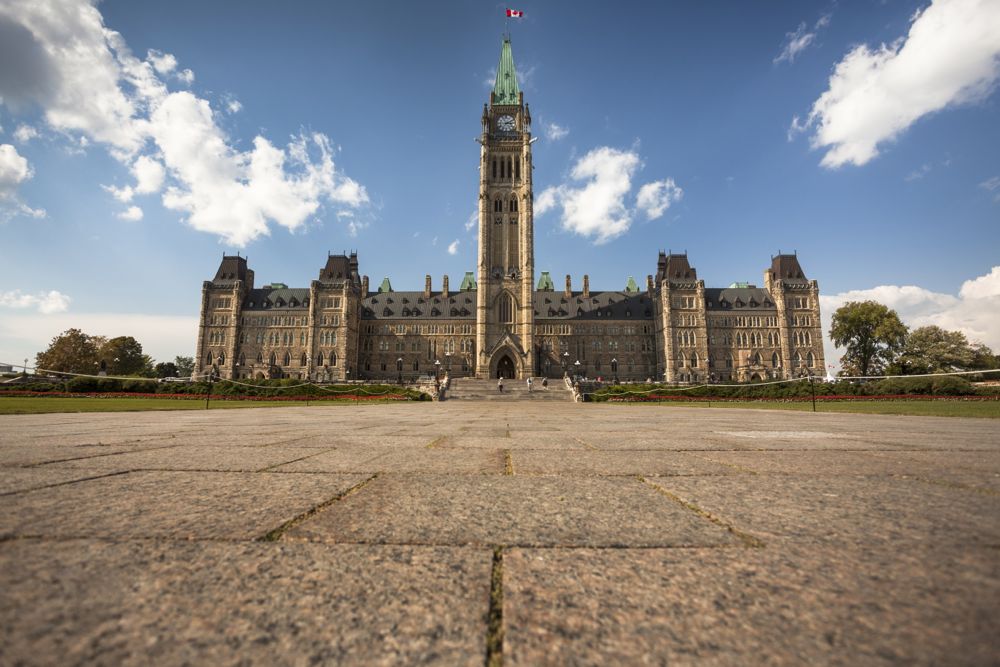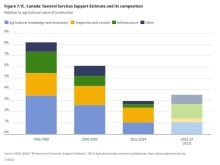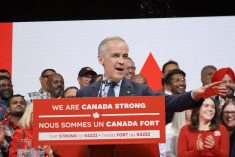It’s been a long haul.
MPs wrapped up their last midnight sittings and headed home to their ridings for the summer. The last official sitting day was June 22.
Bill C-45 is at the heart of the government’s promise to legalize cannabis, while Bill C-46 deals with impaired driving. Both bills passed just before the summer recess.
Both pieces of legislation faced stiff opposition from Conservatives, who opposed the legalization of marijuana, in both the House of Commons and the Senate. As well, several senators expressed constitutionality concerns about Bill C-46.
Read Also

Canada seventh-most influential country on agri-food
Report from Dalhousie University and MNP shows Canada ranks seventh among G20 countries on agri-food influence.
Meanwhile, the implementation legislation needed to enforce the federal government’s 2018 budget was at third reading in the Senate.
Then there’s the ever-contentious trade file, where uncertainty reigns.
U.S. President Donald Trump’s anger towards Canada has not abated despite Canadian tariff threats of retaliation for U.S. tariffs of 25 per cent on steel and 10 per cent on aluminum, which have been in place for a couple of weeks.
The Trudeau government’s retaliatory tariffs package, valued at $16.6 billion, is set to take effect on Canada Day. The European Union’s tariff package will also take effect July 1.
China has announced it plans to impose tariffs on about $50 billion in U.S. goods, including a number of key agricultural products, starting July 6.
So far, the Trump administration has dug in its heels, insisting the tariff actions, and the resulting trade uncertainty, is necessary to ensure fair trade treatment for American goods.
The reality for the rest of the world is a full-blown trade war, sparking more international friction.
Whether the U.S. pushes back against Canada’s trade retaliation remains unclear. One thing is certain: the current White House defies predictability. Anything is possible. Trump calls the shots, often on Twitter, sometimes catching his own staff off guard.
In recent weeks, Trump has made it clear he’s not afraid of a trade war, despite stark warnings from American business leaders that the White House trade actions are putting thousands of jobs at risk.
U.S. Agriculture Secretary Sonny Perdue has repeatedly said that the agriculture sector is one of the first to be hit in international trade spats, with many retaliatory tariffs levelled on farm and food products.
So far, those concerns, from Trump’s own political base, have done little to satisfy the Trump administration’s hardline commitment to its America-first trade policies.
The future of the North American Free Trade Agreement is another trade uncertainty. Mexican voters face a presidential election in July. Many Americans head to the polls in November for U.S. congressional mid-term elections. At the moment, the earliest Congress is expected to deal with NAFTA is January 2019.
Following a meeting with U.S. Trade Representative Robert Lighthizer, Foreign Affairs Minister Chrystia Freeland told reporters NAFTA talks will resume over the summer.
The agreed-upon talks come despite a continued impasse about the Trump administration’s insistence that any modernized NAFTA agreement include a five-year sunset clause, a condition Canada has rejected outright.
Nor is it clear how Canada plans to negotiate a trade agreement, while caught up in an international trade war, particularly given current political tensions.
Then there’s the fact that many bureaucrats working on the NAFTA negotiations are now also tasked with navigating the political and economic minefield that make up the current Canada-U.S. trade file.
Added to the trade file confusion, is the prospect of a continued slide in the Canadian dollar.
For the summer of 2018, only one fact is clear: We are likely to see even more uncertainty.















